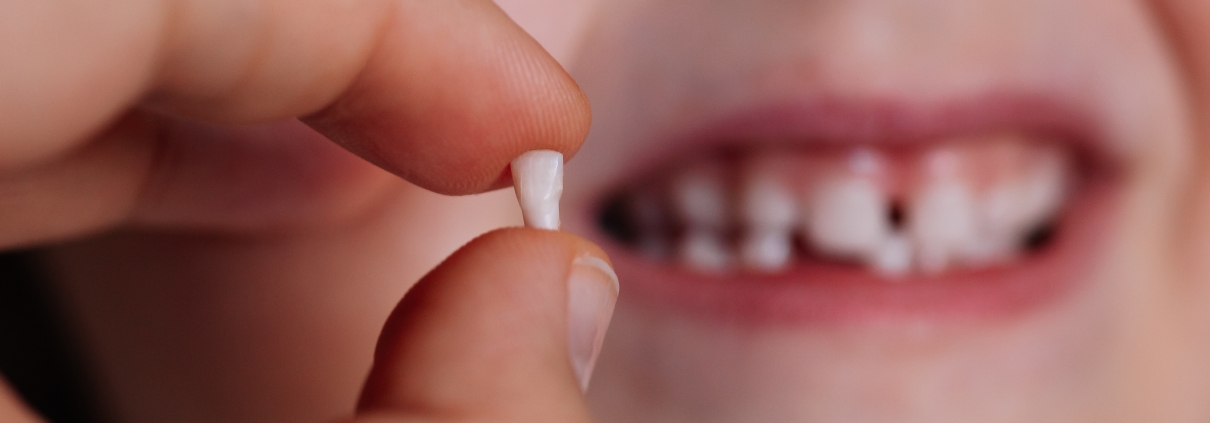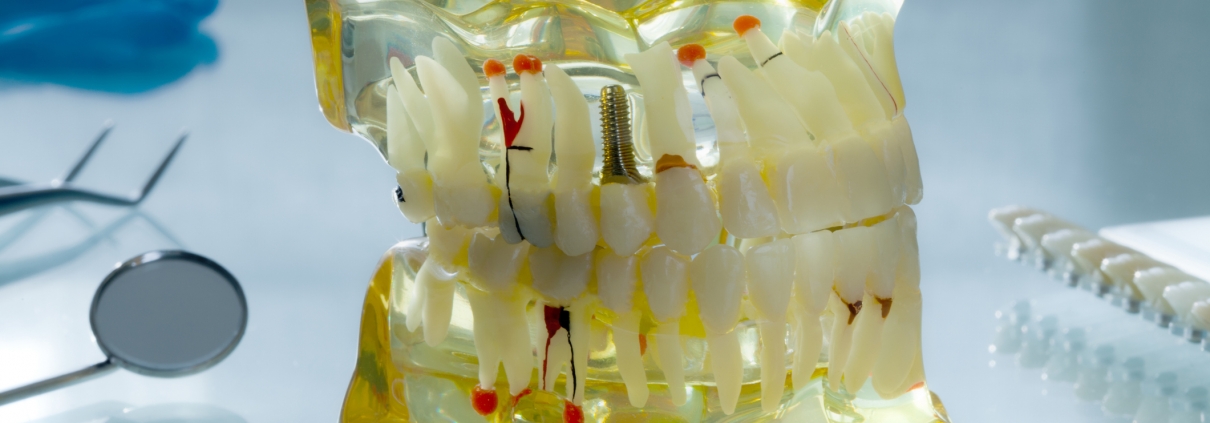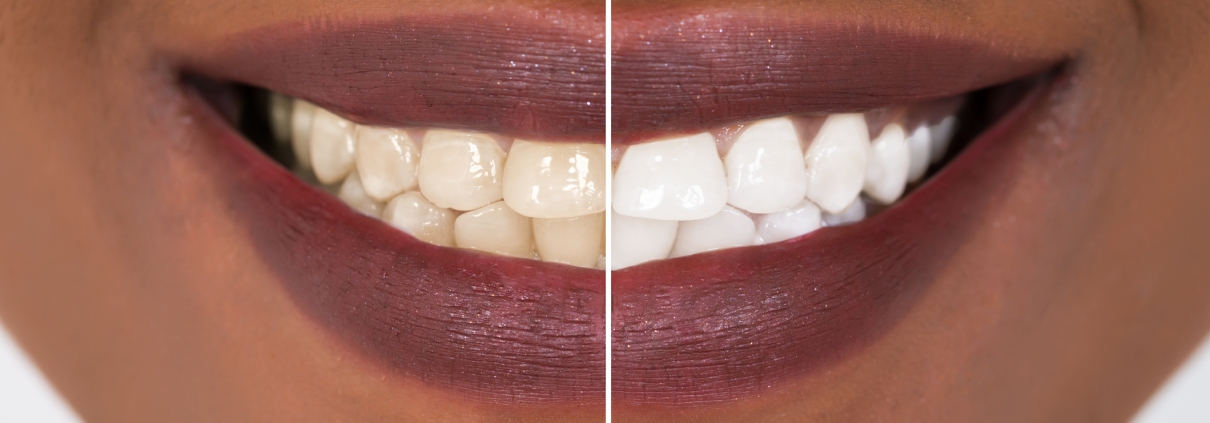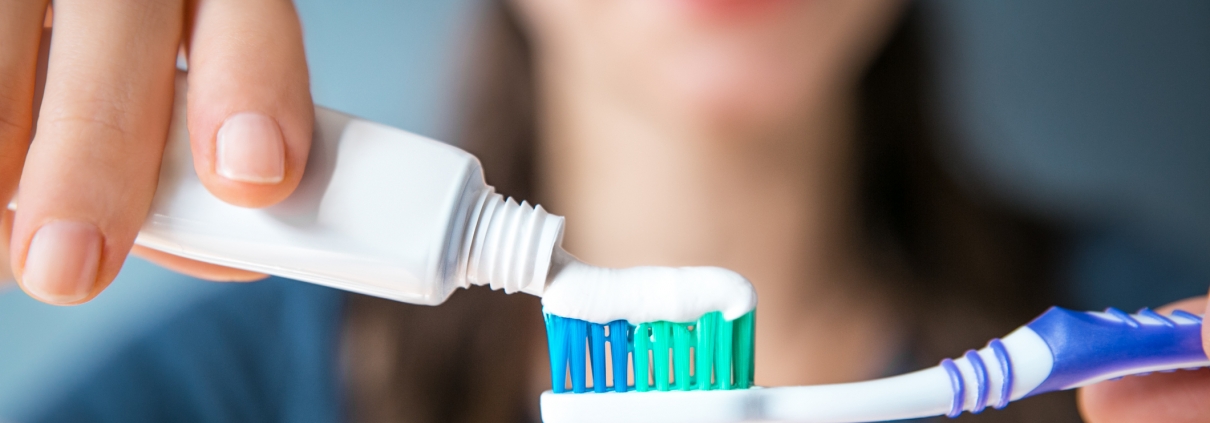Tooth extraction is a common dental procedure that involves the removal of a damaged or problematic tooth. After undergoing this procedure, it is crucial for patients to be aware of the potential risks and complications associated with smoking. Smoking has been shown to have a significant negative impact on the healing process, particularly after tooth extraction. In this article, we explore the effects of smoking on healing and discuss why it is essential to avoid smoking during the recovery period.
The Impact of Smoking on Blood Circulation:
Cigarette smoke contains numerous harmful chemicals that can have detrimental effects on the body, including the oral cavity. Nicotine, carbon monoxide, and other toxic substances present in cigarettes can compromise blood circulation, reducing the supply of oxygen and essential nutrients to the surgical site. This compromised blood flow hampers the body’s ability to heal efficiently and increases the risk of complications following tooth extraction.
Delayed Healing and Increased Risk of Infection:
Smoking delays the healing process by impairing the body’s immune response and reducing the effectiveness of white blood cells in combating infections. After tooth extraction, the open socket is vulnerable to bacterial colonization, and smoking can significantly increase the risk of infection. Infections can cause pain, swelling, and even lead to more severe complications such as dry socket, a condition where the blood clot is dislodged or dissolves prematurely, exposing the underlying bone and nerves.
Compromised Bone and Soft Tissue Healing:
Smoking negatively affects bone and soft tissue healing, which is critical after tooth extraction. The chemicals in cigarettes disrupt the balance between bone formation and resorption, hindering the body’s ability to regenerate and repair bone tissue. This can result in delayed bone healing, compromised stability of dental implants (if planned), and potential long-term complications.
A Common Smoking-Related Complication:
Dry socket, also known as alveolar osteitis, is a painful condition that can occur after tooth extraction, particularly in smokers. It happens when the blood clot that forms in the socket either dislodges or dissolves before the wound has a chance to heal properly. Dry socket can lead to severe pain, bad breath, and delayed healing. Smokers are at a significantly higher risk of developing dry socket compared to non-smokers.
Smoking Cessation for Optimal Healing:
To promote optimal healing and reduce the risk of complications, it is strongly recommended that patients refrain from smoking after tooth extraction. While quitting smoking altogether is the best approach, abstaining from smoking during the initial healing period is crucial. The first few days and weeks after tooth extraction are critical for the formation of a stable blood clot, granulation tissue, and bone regeneration. By avoiding smoking during this period, patients enhance the chances of successful healing and minimize potential complications.
Consultation with a Dental Professional:
Patients should consult with their dental professional regarding the importance of smoking cessation after tooth extraction. Dentists can provide guidance and support to patients in their efforts to quit smoking and offer recommendations for smoking cessation resources such as counseling or nicotine replacement therapy.
Smoking has a detrimental impact on the healing process following tooth extraction. It impairs blood circulation, delays healing, increases the risk of infection, compromises bone and soft tissue healing, and significantly raises the likelihood of developing dry socket. To optimize healing and minimize complications, it is vital for patients to abstain from smoking, at least during the initial healing period. By avoiding smoking and seeking professional guidance, patients can promote a smooth recovery and pave the way for better oral health in the long run.










